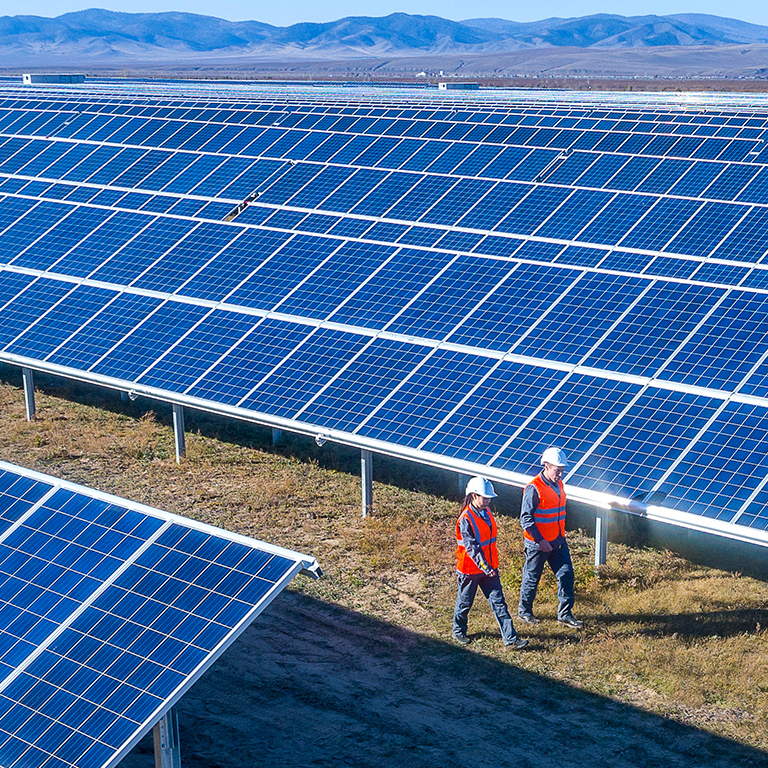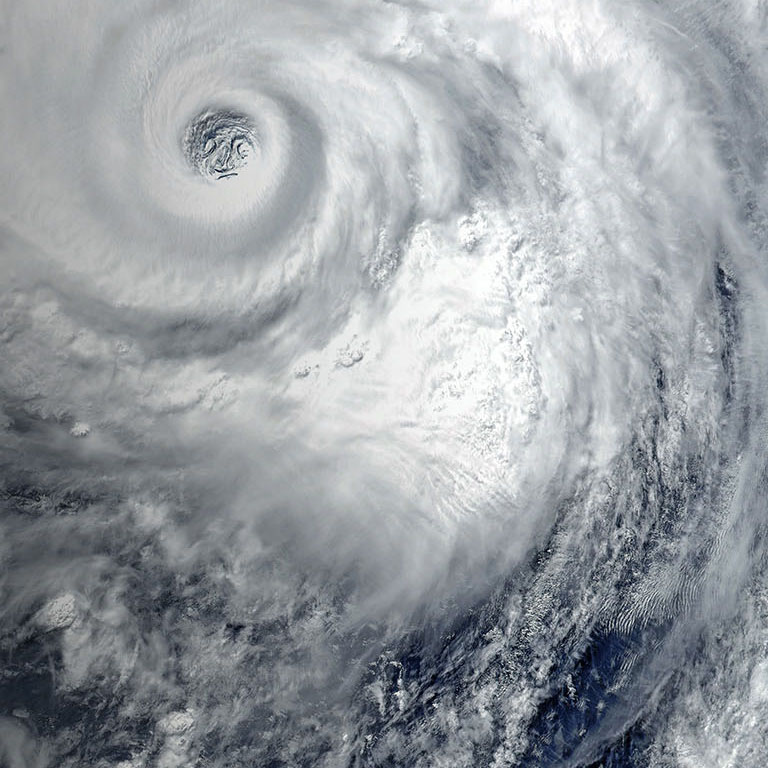In this regular feature, we look at common clauses found in energy insurance that are often not well understood, looking at their intentions and what they cover or exclude.
In this article we look at the standard loss of production income (LOPI) wording.
Until 2005, upstream insureds seeking to protect their revenue stream had to look to traditional onshore business interruption wordings. These wordings were designed to protect the gross profits (or gross revenue) of a business, but the experience of both insureds and insurers was that the claims adjustment process very often resulted in complex, costly, and time consuming forensic accounting to establish the extent of the insured’s loss.
This was often exacerbated by fluctuations in oil and gas prices, and could led to time-consuming and costly disputes between insureds and insurers, usually ending in compromised settlements that didn’t satisfy either party.
The situation led to the London Joint Rig Committee issuing a “loss of production income” (LOPI) specifically designed to protect lost oil and gas production, rather than revenue. This wording pays the insured for each day of lost production caused by an insured peril, being physical damage covered by the ‘all risks” physical damage section of the package policy. The wording references the maximum recovery period, in excess of the agreed waiting period, where a day’s production is fixed by the insured production volume and the insured commodity price.
For example, consider that an insured has a facility producing 10,000 barrels of oil per day. The insured elects to insure for USD50 per barrel for a maximum recovery period of 12 months, and a waiting period of 60 days.
If the insured suffered 100 days interruption of production, they would be entitled to a claim of USD20 million (10,000 barrels x USD50 x 40 days).
The actual wording is slightly more complicated than this because in order to preserve the concept of indemnity, the insured has to show the volume of production that is lost. Therefore, the actual production insured is adjusted to reflect a number of factors, such as any ongoing partial production, planned or unplanned shutdowns, and changes in the insured’s ownership interest that affects volumes, either before, during, or after the loss, and which would have affected volume had no loss occurred.
One area that insurers claimed was not clear is what qualifies for a full day’s interruption for the waiting period to be exceeded. The Joint Rig Committee issued an updated version of LOPI wording (JRC 2020/025) where insurers can specify what percentage of production must be lost to qualify as a full day of waiting period. As with the 2005 wording, Marsh Speciality has designed a bespoke amendatory endorsement we look to use with the 2020 LOPI wording to add further clarity and improve outcomes for our clients.
The above is a general overview of some of the coverage often provided by the aforementioned clauses. This is not intended to be an extensive and exhaustive analysis of the insurance coverage provided by such clauses. The comments above are the opinion of Marsh Specialty only and should not be relied on as a definitive or legal interpretation. We would encourage you to read the terms and conditions of your particular policy and seek professional advice if in any doubt.







